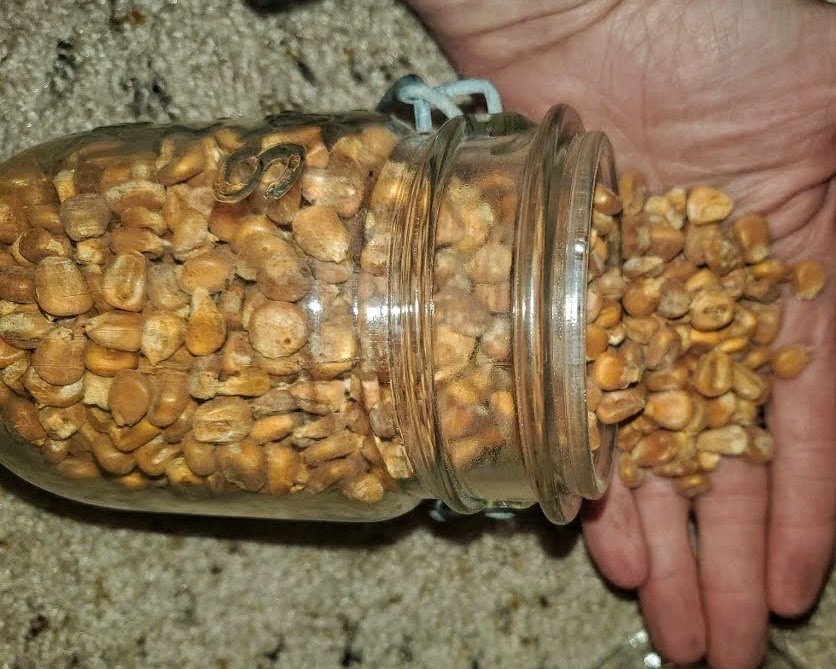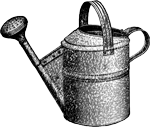I was reading an article over on AgWeb the other day on how an unnamed Mancos rancher found an estimated 1,000 year-old 10″-tall coiled hand-pinched utilitarian-style clay pot in a cave, kept it on his mantle for several decades and then sold it to Mr. Steve Campbell who discovered it’s valuable contents.
Come to find out, the clay pot held a nearly five pound cache of phenomenally well-preserved indigenous corn that contains a gene that helps the corn fix nitrogen from the air! Campbell has donated some of his corn as samples to several universities for further study.

( Photo courtesy of Steve Campbell)
The hope is that this lost trait of nitrogen fixing in corn could be possibly re-introduced into current varieties, thereby reducing the fertilizer needs of a modern crop. “The scientists want to know how this particular corn grew so well and if it’s now extinct,” Campbell says. The question will be whether this will improve GMO corn or create other issues. Hopefully some researchers will be able to adapt the corn through natural means instead of genetic manipulation.
You can read more about this amazing find on AgWeb Farm Journal.

Just like Mr. Campbell’s corn seed example, your own personal seed supply can be kept viable for extended lengths of time given the proper storage conditions. All seed has a life-span, but with a little know-how, you can dramatically lengthen the life of your seed and preserve your investment.
Here’s what you will want to do whenever you purchase new seed from Grow Your Health Gardening or other seed stewards:
Immediately place your seed packet(s) in a sealed glass container and store in a location that is consistently cool, dark, and dry within your home. We recommend placing your seeds (along with an oxygen absorber) in a wide-mouth glass Mason jar with a screw-on lid and keep in your refrigerator until its time to plant. Humidity levels for seed storage should be below 60% at all times. A general rule of thumb is that temperature + humidity level should not ever exceed 100%. Even lowering the temp of your seed by one degree can make a world of difference.

And when it does come time to plant, do not leave seed packets out and exposed to the sun. We also recommend using glass containers that seal with a metal lid as rodents can chew through plastic lids/containers. When you are finished starting your seed, immediately return remaining seed packet(s) to a protected environment as indicated above.
Taking these steps can dramatically extend the life of your seed investment! Hope that helps! Have a fantastic growing season y’all! (And get those seed orders wrapped up now, so you don’t risk shipping seed in warm weather conditions!)
—Erin
Owner, Grow Your Health Gardening & GYHG Seed Co

